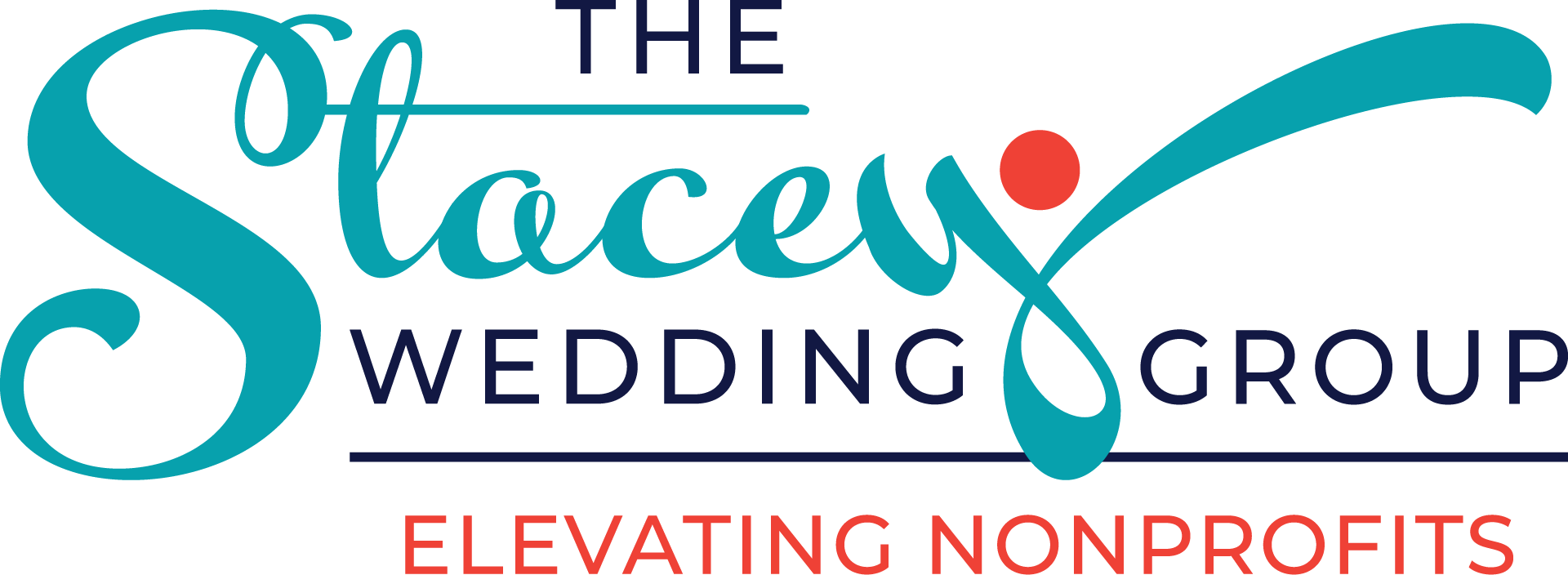True confession time. Have you ever found yourself heading into a special meeting, retreat or conference session filled with a sense of dread about what corny ice breaker you’re going to be coerced to take part in, much to your disdain?
You know the kind. That trust building activity gone wrong because your partner was twice your size and you couldn’t actually catch them [oops!]. Or that exercise where you do speed dating to get to know everyone in the room better, and halfway through you remember why you’ll be single the rest of your life.
There’s a huge list of reasons people cringe when they hear the word “ice breakers,” and it usually stems from really awful ones that don’t further the agenda or the relationships in the room. Ice breakers that are not thoughtfully crafted can be distracting, socially risky, and out of touch with anything you’ll ever face in the real world.
When used effectively, though, ice breakers offer many added benefits such as:
- Helping to break down barriers
- Creating a more inclusive atmosphere
- Building rapport and a sense of connectedness
- Fostering greater collaboration through a stronger understanding of one another’s personalities
I’ve certainly evolved in my own approach to ice breakers over the years. When I started my company 17 years ago, I avoided them like the plague because I knew how much people detested them. Over time, though, I’ve gotten a bit more flexible. Ice breakers don’t have to be “all or nothing.” With certain groups, the best bonding experience for them may be grabbing a meal together after the business of the day is done. With others, they may need an activity that sets the tone for the day or even reinforces why the work they do matters.
The bottom line is that ice breakers are not a one size fits all. A good facilitator or consultant will understand your group dynamics and determine if and how to incorporate an ice breaker-style activity. I’ve got several retreat openers (I much prefer this terminology, as it gets rid of the baggage associated with ice breakers) I use and that my clients have loved over the years.
Reach out to me if you want to compare notes and trade examples of the opening activities you use.
Hat tip to you,
P.S. Do you want to get updates on our most recent blogs and other free resources we offer? Sign up here for our bi-monthly e-newsletter, The SWGazette.

